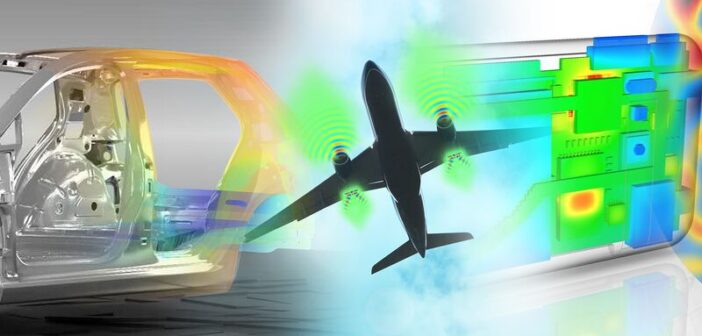Product design, as a discipline, has its roots in the Industrial Revolution of the 18th and 19th centuries, when mass production of goods became possible through the use of machines and standardised production methods.
In the 1970s, the focus of product design shifted towards sustainability and environmental concerns, with designers seeking to create products that were more energy-efficient and environmentally friendly. This trend has accelerated into the present day, with many designers seeking to create products that are not only functional and aesthetically pleasing but also socially and environmentally responsible.
With socially and environmentally responsible design comes challenges such as lightweighting. Engineers need to design their structures to be as light weight as possible so as to achieve as much energy efficiency as possible. As they push their designs to the limits of efficiency, they must also balance against safety and durability. Simply put, their designs must be optimised. In order to do so, engineers must deeply understand all the physics affecting product performance.
What is Multiphysics and how does it work?
Multiphysics refers to a collection of methods that allows engineers and designers to simulate and analyze complex physical phenomena by bringing together multiple physics simulations. This means that instead of making assumptions about the effects of some physics, engineers can run simulations that consider all the physics involved. With Multiphysics one can choose to map individual physics results to one another, solve coupled problems or co-simulate with several solvers.
Benefits of using Multiphysics in product design.
The benefits of using Multiphysics in product design are numerous. First and foremost, it allows engineers to simulate and analyze complex physical phenomena that would be impossible to model using traditional methods. This means that designers can create more accurate and realistic models of their products, which can lead to better performance and fewer design flaws. Additionally, Multiphysics can help engineers optimize their designs by allowing them to test different scenarios and configurations quickly and easily. This can save time and money in the design process and lead to more efficient and effective products. Finally, Multiphysics can help engineers identify potential problems before they occur, which can improve product safety and reliability.
Examples of industries that are using Multiphysics.
Multiphysics is being used in a variety of industries. Automotive engineers use Multiphysics routinely to model the noise, vibration and harshness characteristics of vehicles. Structural, acoustic, and fluid simulations are used individually or together to model the sound characteristics of cars. In aerospace, it is being used to simulate the behavior of aircraft under different conditions and to optimize the design of components like wings and engines. For example, the flutter of wings is an inherently multi physical phenomenon. In electronics, Multiphysics is being used to manage the thermal performance of devices. In this case engineers must account for thermal, fluid and structural fields interacting with electrical fields.
Manufacturing processes tend to be highly nonlinear and highly multiphysical. Modeling and optimizing manufacturing process parameters using multiphysics is becoming important across all industries.
Future developments and potential applications of Multiphysics.
As technology continues to advance, the potential applications of Multiphysics in product design are expanding. One area of development is the integration of artificial intelligence and machine learning algorithms into the simulation process, allowing for more efficient modeling. As Multiphysics continues to evolve, it has the potential to revolutionize product design in even more ways.
Hexagon’s Multiphysics Suite
All physics simulation in one place
Create reliable and accurate digital twins with a complete suite of physics simulation software products including solutions for structural simulation and analysis, fatigue, computational fluid dynamics, acoustic and NVH simulation and multiphysics co-simulation.
For more detail, visit: https://hexagon.com/products/product-groups/computer-aided-engineering-software/multiphysics-simulation-software














